Spherical Roller Bearings
Table of Contents
Categories
-
Adapter Sleeves (9)
-
Ball Bearings (11)
-
Ball Screw Bearings (2)
-
Ceramic Bearings (27)
-
Pillow Block Bearings (4)
-
Plain Bearings (32)
-
Roller Bearings (12)
-
Slewing Bearings (43)
-
Sliding Block (3)
-
Stainless Steel Bearings (27)
-
Super Precision Bearings (6)
-
Thin Section Bearings (9)
-
Track Rollers (4)
-
Universal Joints (1)
Definition
Spherical roller bearings facilitate smooth rotation by accommodating misalignment and axial loads, with a design that features a spherical outer ring and two raceways.
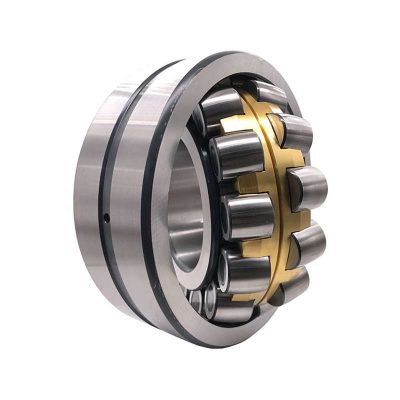
FHD Bearings is an ISO 9001:2015 certified manufacturing enterprise that stsock a full range of Cylindrical Roller Bearings,Tapered Roller Bearings,Spherical Roller Bearings,Needle Roller Bearings,Thrust Roller Bearings and Crossed Roller Bearings. With over 1,200 different bearing sizes and over 250K bearings in stock.
Materials
Steel
Most roller bearings are made from various grades of steel, such as carbon steel or alloy steel, for strength and durability.
Stainless Steel
Offers corrosion resistance, making it suitable for applications where exposure to moisture or harsh environments is a concern.
Chrome Steel
A popular choice due to its high hardness, wear resistance, and good corrosion resistance properties.
Plastic
Some bearings use plastic materials for the cage or rolling elements, providing benefits such as lightweight construction and resistance to corrosion in certain environments.

Ceramic
Bearings with ceramic rollers or balls are used for specific applications where high temperature, corrosion resistance, or electrical insulation is required.
Bronze
Bronze bearings may be used in specialized applications, offering good wear resistance and self-lubricating properties.
Features
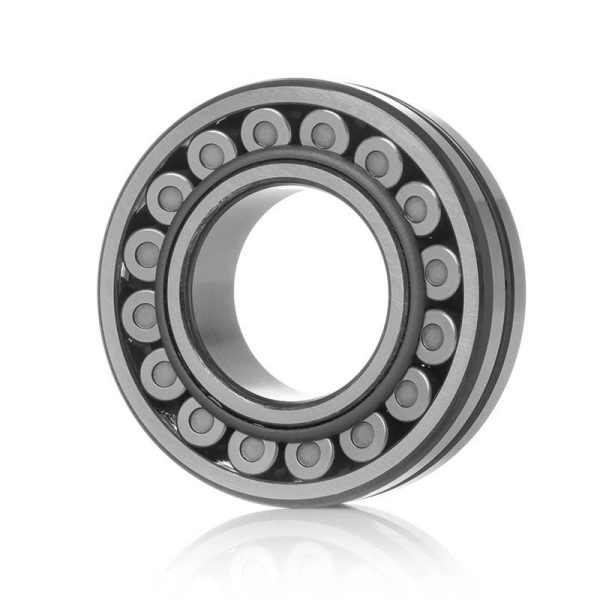
1.Spherical Design: Feature a spherical outer ring, allowing for misalignment compensation and improved performance under varying operating conditions.
2.Double-Row Configuration: Equipped with two rows of barrel-shaped rollers, distributing radial and axial loads more effectively than single-row bearings.
3.Self-Aligning Capability: Can accommodate shaft misalignment, reducing stress and wear on components, enhancing reliability in applications with shaft deflection or misalignment.
4.High Load Capacity: Robust design enables the handling of heavy radial and axial loads, making them suitable for demanding industrial applications.
5.Lubrication Grooves and Holes: Often designed with lubrication features like grooves and holes in the outer ring to facilitate proper lubrication distribution, ensuring longevity and optimal performance.
6.Variety of Cages: Available with different cage materials (e.g., steel, brass, or polyamide) to suit specific application requirements and operating conditions.
Advantages
1.Misalignment Tolerance: Spherical roller bearings excel in compensating for shaft misalignment, reducing stress and extending bearing life.
2.High Load Handling: With a double-row design, they effectively manage heavy radial and axial loads, suitable for demanding industrial applications.
3.Versatility: Spherical roller bearings adapt well to diverse applications, making them a reliable choice for various industries and equipment.
4.Self-Aligning Performance: Their ability to handle dynamic conditions, such as shaft deflection or vibration, enhances reliability in challenging operating environments.
5.Efficient Lubrication: Designed with lubrication grooves and holes, these bearings ensure optimal lubricant distribution, contributing to longer bearing life and reduced maintenance.

Applications

- Heavy Machinery: Used in large industrial machinery such as crushers, conveyors, and mining equipment due to their ability to handle heavy radial and axial loads.
- Steel Processing Plants: Employed in equipment like rolling mills and steelmaking machinery where robust bearings are essential for withstanding harsh operating conditions.
- Paper and Pulp Industry: Spherical roller bearings are utilized in paper machines, pulp processing, and printing equipment to support heavy loads and provide reliable performance.
- Power Generation: Found in turbines, generators, and power transmission equipment, where their high load capacity and misalignment compensation are crucial.
- Gearboxes and Transmissions: Used in various gearboxes and transmission systems in automotive, marine, and industrial applications due to their durability and load-handling capabilities.
- Construction Equipment: Found in construction machinery, including cranes, excavators, and concrete mixers, where their ability to handle dynamic loads and misalignment is beneficial.
Key Manufacturing Process of Spherical Roller Bearings
Forging: The process begins with forging the bearing rings, inner and outer, from high-quality steel or other suitable alloys. This step ensures the initial formation of the ring’s shape.
Turning and Grinding: The forged rings undergo precision turning and grinding processes to achieve the desired dimensions, smooth surfaces, and tight tolerances necessary for optimal bearing performance.
Heat Treatment: Heat treatment, including processes like quenching and tempering, enhances the hardness, toughness, and overall mechanical properties of the bearing components, ensuring durability under heavy loads.
Roller and Cage Assembly: The rollers and cage components are assembled with precision onto the inner ring. Depending on the design, cages may be made of steel, brass, or other materials.
Lubrication Grooving and Holes: Lubrication features, such as grooves and holes, are machined into the bearing components to facilitate proper lubricant distribution, crucial for reducing friction and wear.
Assembly and Quality Control: The final assembly involves fitting the inner and outer rings, rollers, and cage together. Rigorous quality control measures, including dimensional checks and performance testing, ensure that each bearing meets the specified standards before it is ready for use.

FAQ - Frequently Asked Questions
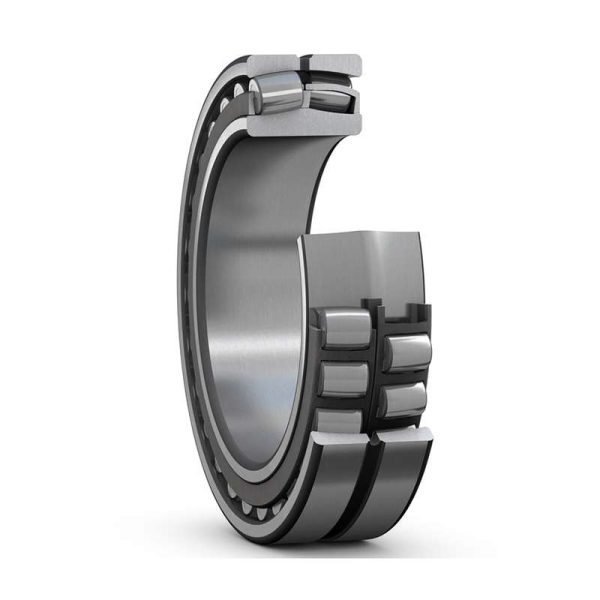
A spherical roller bearing is a type of rolling-element bearing designed to accommodate angular misalignment and axial deflection. It consists of two rings with a spherical raceway in the outer ring and two rows of barrel-shaped rollers positioned between them.
Spherical roller bearings can accommodate misalignment, have high load-carrying capacity, and are suitable for applications with heavy radial and axial loads. They are also resilient to shock loads and have a self-aligning capability.
Spherical roller bearings have a design that allows the inner ring to tilt relative to the outer ring, accommodating misalignment caused by shaft deflection or mounting errors. This self-aligning feature helps to distribute the load evenly across the rollers.
Spherical roller bearings are used in various industries, including mining, construction, papermaking, and manufacturing. They are commonly found in heavy-duty applications where high radial and axial loads, as well as misalignment, are prevalent.
Spherical roller bearings are typically lubricated with grease or oil. Grease is commonly used for sealed bearings, while oil is used in open bearings. Proper lubrication is essential for reducing friction, preventing wear, and ensuring a longer bearing life.
Several factors influence the service life of spherical roller bearings, including proper lubrication, correct installation, appropriate clearance settings, and suitable operating conditions. Contaminants and excessive loads can also impact the bearing’s longevity.
Spherical roller bearings can be mounted using various methods, including shaft and housing press fits, withdrawal sleeves, or adapter sleeves. Care must be taken to achieve the proper internal clearance and alignment during installation.
Sealed spherical roller bearings have additional sealing elements to protect against contamination and retain lubrication, making them suitable for applications where dust and moisture are concerns. Open bearings lack these seals and are more exposed but may be used when external sealing measures are in place.
Common issues with spherical roller bearings include excessive noise, vibration, and premature failure. Troubleshooting involves inspecting the bearing for signs of damage, checking lubrication levels, and ensuring proper alignment and mounting conditions.
The temperature range for spherical roller bearings depends on the specific design and materials used. In general, they can operate within a wide temperature range, but extreme temperatures can affect the performance and longevity of the bearing. It’s crucial to adhere to the manufacturer’s guidelines for temperature limits.
Installation and Maintenance
Installation
- Prepare the Work Area: Before starting the installation process, ensure that the work area is clean and well-organized. Remove any debris or contaminants that could compromise the cleanliness of the bearing components.
- Inspect the Bearings: Thoroughly inspect the spherical roller bearings before installation. Check for any visible damage, such as nicks, dents, or scratches. Ensure that the bearings are the correct size and type for the intended application.
- Check Shaft and Housing Tolerances: Verify that the shaft and housing tolerances conform to the specifications provided by the bearing manufacturer. Proper fits are essential for preventing misalignment and ensuring the bearings can accommodate the required loads.
- Apply Lubrication: Lubricate the bearings with the recommended grease or oil specified by the manufacturer. Proper lubrication is crucial for reducing friction, dissipating heat, and preventing premature wear. Ensure that the lubricant is evenly distributed throughout the bearing.
- Mount the Bearings: Carefully mount the spherical roller bearings onto the shaft or into the housing. Take note of any special instructions provided by the manufacturer regarding the orientation of the bearing and any additional components, such as seals or shields.
- Adjust Clearances and Alignment: If necessary, adjust the internal clearances according to the manufacturer’s specifications. This step is crucial for accommodating thermal expansion, ensuring proper functioning, and preventing premature failure. Check and adjust the alignment to minimize misalignment issues.
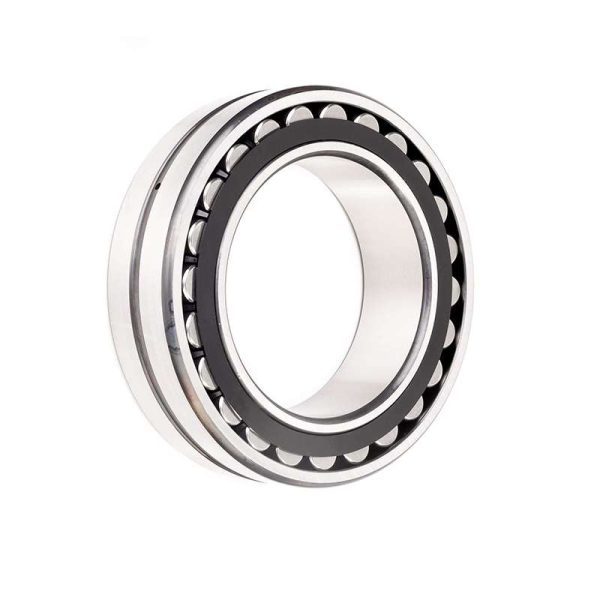
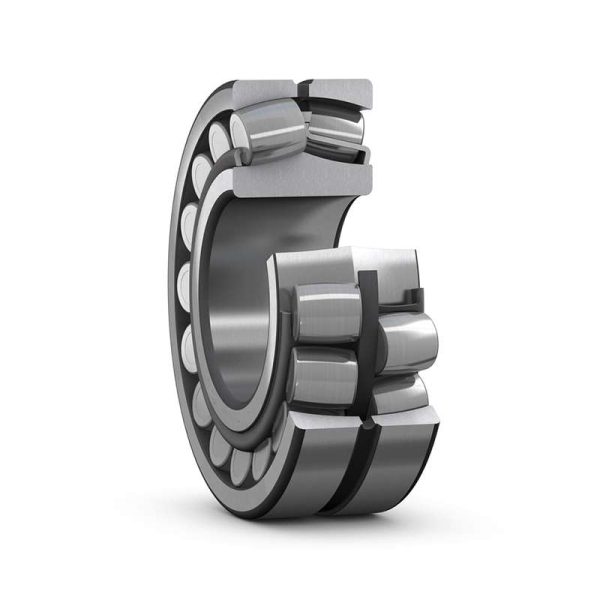
Maintenance
- Regular Lubrication: Lubricate bearings at recommended intervals using specified grease or oil to reduce friction and wear.
- Monitor Operating Conditions: Regularly check temperature, vibration, and noise levels to detect abnormalities and address issues promptly.
- Implement Proper Sealing: Use effective seals to protect against contaminants, reducing the risk of premature wear. Replace seals as needed.
- Check Alignment: Ensure proper shaft and housing alignment to prevent misalignment issues, which can reduce bearing lifespan.
- Perform Regular Inspections: Conduct routine visual inspections for signs of wear, damage, or fatigue. Address issues promptly.
- Control Contamination: Keep work areas clean, use clean tools when handling bearings, and consider protective covers when not in use.
Related Posts
How To Prevent Spherical Roller Bearings From Overheating
Categories How To Prevent Spherical Roller Bearings From Overheating Table...
Read MoreThe Art of Spherical Roller Bearings: A Deep Dive
Dive into the world of spherical roller bearings! From their...
Read More















